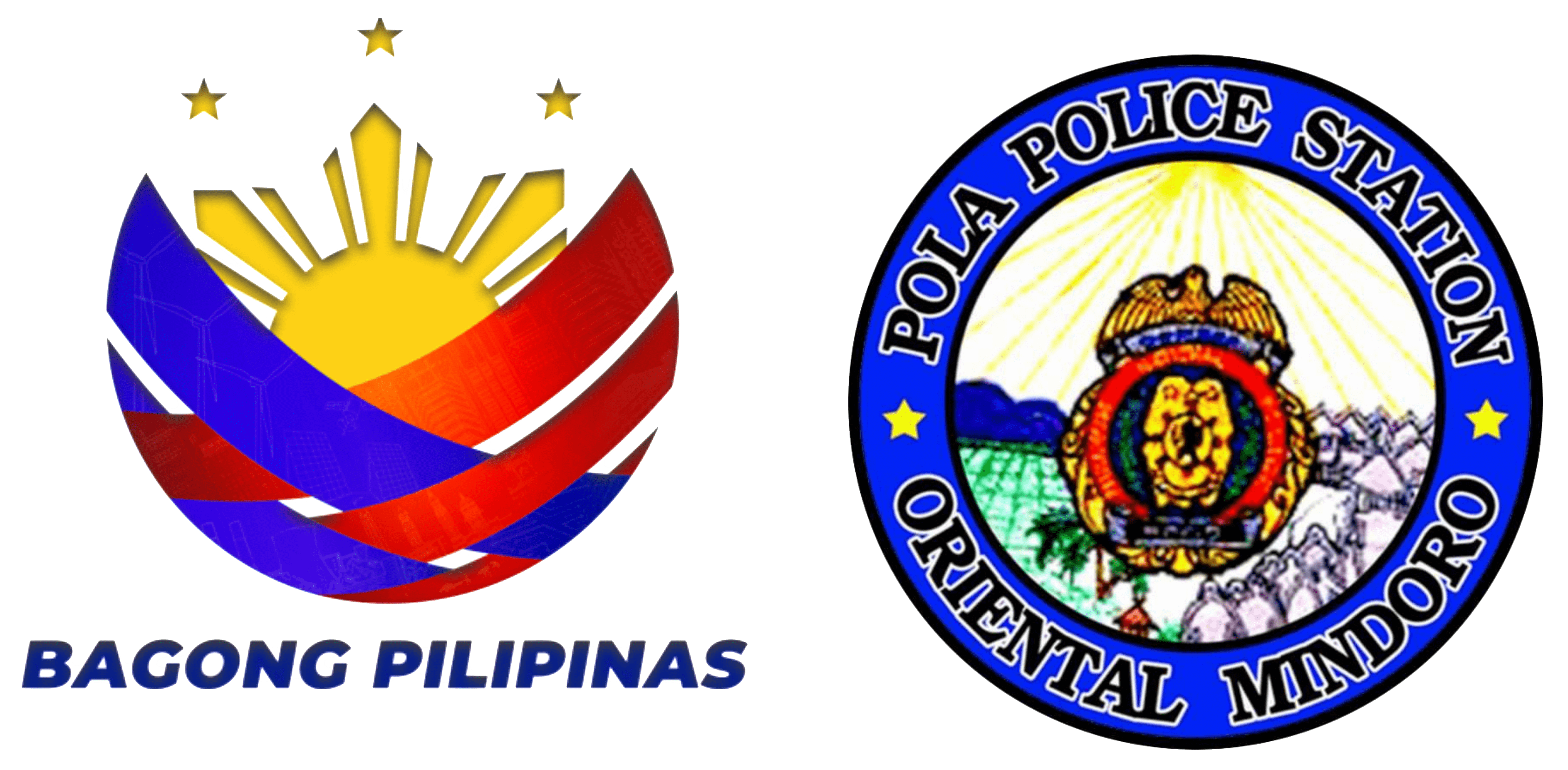Historical Background (Municipality and Police Station)
Municipality of Pola, Orientral Mindoro
The quaint little town of Pola sits on a hilly area adjoining the waters of Pola Bay that curves from Dayap to Anahaw Point. Its name was derived from the color of the soil in the locality which is reddish brown. In Tagalog, this is termed “pula”. This name remained until the Spaniards came and adopted it as the name of the town.
The Poblacion sits at the estuary of the Casiligan River encircled by rocky hills to the west. Thus, the people are provided with a suitable haven for fishing and nipa weaving. The initial settlement was under the supervision of the Recollect missionaries during the 17th Century whose main station was Naujan. During the 18th century, at the height of the Spanish-Moro wars, Pola Bay became a convenient stopover and launching area of the Moros for their sporadic attacks in the bigger settlements of Naujan and Calapan, Because of this the population in the settlement never grew since many of them were dispersed deeper into the hills to avoid capture by the Moros.
In the years during the outbreak of the Philippine Revolution (1898), Pola was one of the towns in Mindoro where agitation against Spanish rule was more manifested. This was because of Esteban de Castro from Taal, Batangas who instigated the unrest.
When the Americans came in 1901, a local government was established that lasted until 1904. On April 28, 1904, Pola was reverted back into a barrio by virtue of Act 1135 of the Philippine Commission. The town was consolidated with Bongabong and Pinamalayan with the latter as seat of the municipality. This was in accordance with the American administrators desire to reduce the 15 municipalities of Mindoro to eight for economic reasons.
The leaders of Pola continuously expressed their desire to be reverted back to a town. In 1910, under Executive Order 31 Pola was separated from Pinamalayan. The order took effect on January 1, 1912.
In 1962, the municipality of Socorro was carved out of Pola, reducing its area to the present 16,032.67 hectares.
The principal tourist spots are Bayanan Beach, Tuntong Islet, Calima Point and the excavation areas all along the Pola coast. Interesting inland scenic areas are Sitio Bahid of Barangay Matulatula and Barangay Tagbakin. The latter two provide a commanding view of the surrounding area and are coolly enveloped by calamansi and citrus growths.
The municipality holds its annual town fiesta on June 24 in honor of their Patron Saint John the Baptist.
Source: Oriental Mindoro from the Dawn of Civilization to the Year 2000 A.O By Florante D. Villarica






